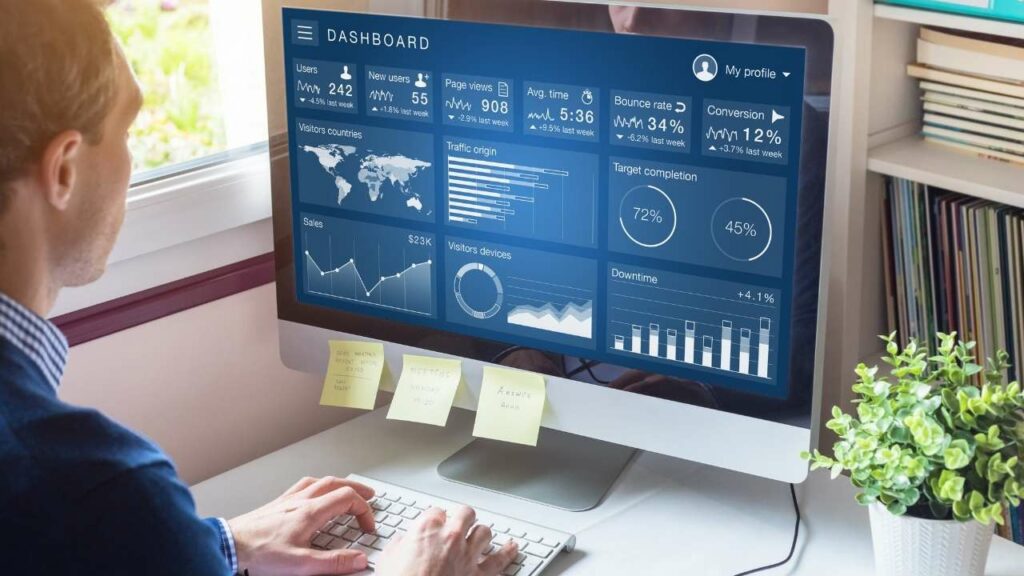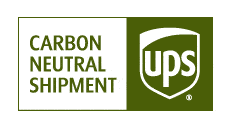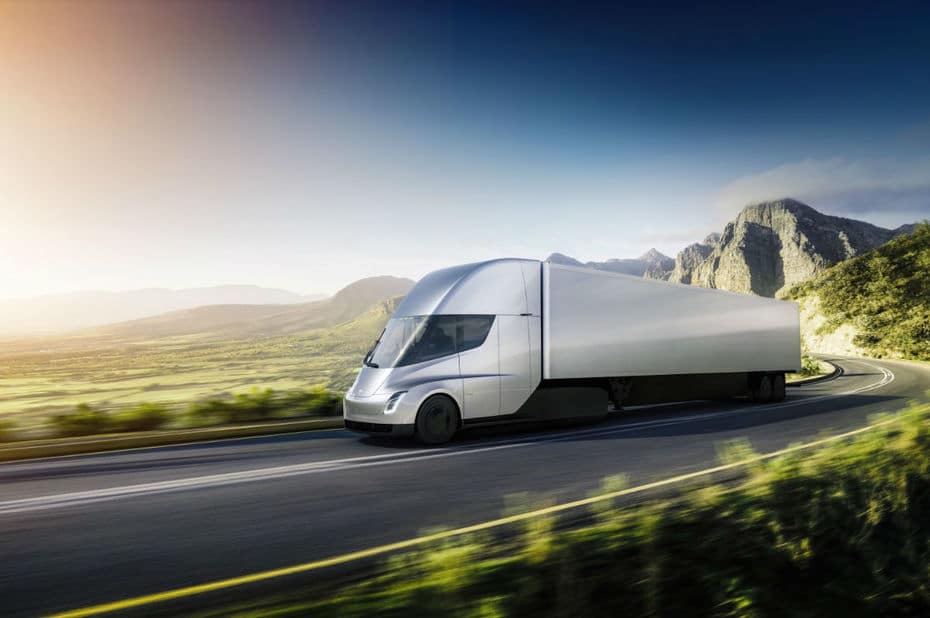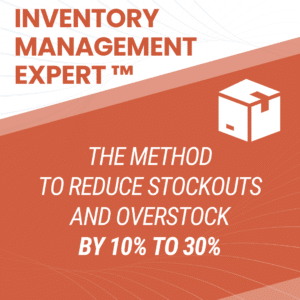The current climate and social issues are pushing the world to change its organizations and habits, and companies are no exception. As a result, they are adopting behaviors known as CSR (Corporate Social Responsibility).
CSR includes all the practices implemented by companies to respect the principles of sustainable development, i.e., to be economically viable, to impact society positively, and to respect the environment better.
Among these practices, we can find Green Supply Chain Management, or Sustainable Supply Chain Management, which allows for a sustainable supply chain and logistics.
The green supply chain also considers elements such as employees’ working conditions or child labor.
This approach has several economic and ecological goals for the company and must reconcile these two aspects.

What is a Green Supply Chain?
A green supply chain is a supply chain that respects ecological measures taken by the company.
From the supply of raw materials to the final transport and the manufacturing of the product, all aspects of the supply chain take a sustainable approach to reduce the company’s ecological impact.
11 steps towards a sustainable supply chain:
- Implementation of an environmental policy 🌏
- Use of less polluting materials and components ⚠️
- Use of clean technologies 🍃
- Reduction of energy consumption ⚡
- Reduction of production waste 🗑️
- Optimization of shipping units 📦
- Reduction of intermediate packaging 🎁
- Securing flows (traceability) ⬅️
- Multi-supplier/multi-client logistics pooling 🤹♂️
- Development of multimodal transport (sustainable transport) 🚚
- Integration of reverse logistics 🚢
Misconceptions regarding the green supply chain
In the collective imagination, these decisions in favor of the green supply chain are often seen as restrictive and coercive (imposed by external entities), as obstacles, and as competitive disadvantages for the company.
However, this is not the case since several opportunities are emerging for companies thanks to this trend.
The benefits of a green supply chain management
Become a Leader
First, given the recent nature of the green supply chain, it allows the company to anticipate and be a leader in ecological transition and not fall behind on a subject that will become unavoidable in years to come.
Work towards energy efficiency:
A Green Supply Chain reduces energy consumption (water, electricity, fuel for transportation) and the company’s carbon footprint.
Help with cost reduction:
A green or sustainable supply chain can be economically beneficial since it helps reduce operational costs, mainly thanks to its energy efficiency.
Indeed, a sustainable supply chain will work towards reducing the consumption of electricity, water, and resources necessary for production, supply, and transport. Also, final products can also be recycled back into a new production process.
Develop your sustainable image:
This sustainable logistics strategy conveys a positive and attractive image for the company, which stands out from the competition. Your company will benefit from this “green” image in the long run, because consumers will better perceive it.
Thus, a green supply chain management improves your image and your margins, while reducing your company’s carbon footprint.

How to set up a green supply chain?
As always, in supply chain, you need to have a well-defined plan to implement a green supply chain.
Step 1: Measure the environmental impact of the supply chain
The first step will be to measure the environmental impact of your supply chain or the ecological impact of a product on the supply chain.
This evaluation must consider all the areas of the supply chain that need to be acted on later. These areas can be the following:
- Origin of raw materials
- Sourcing
- Product design and conception
- Packaging
- Manufacturing processes
- Logistics
- Green logistics
- Deliveries
- End-use by consumers
- After-sales service
- Product recycling
Among these areas, you should analyze the GHG (greenhouse gases) or toxic substances used in the process.
Step 2: Act on your supply chain
The second step will be to establish concrete actions in the short, medium, and long term to improve the environmental performance of your supply chain.
Here are some examples of the actions that can be put in place, according to the different steps in the supply chain:
Employee awareness and empowerment:
- Research and development: pooling R&D efforts with other market players/company subsidiaries, investing in warehouse optimization and pooling systems, investing in Big Data and geolocation technologies to optimize and pool delivery routes.
- Administrative / Office: Use email for purchase orders/invoices. Lead a digital transition to digitalize processes and avoid paper consumption. Select ISO 14000 certified suppliers. However, replacing your plastic cups with reusable ones will not make your supply chain and your company sustainable.
Concrete actions to make the supply chain sustainable:
Origin of raw materials: Choice of non-polluting, bio-degradable, or recyclable materials and responsible sourcing.
Transport of materials: Use alternative sustainable modes of transportation (rail or waterway).
Factory production: Reduce energy consumption, use only clean energy, and reduce the amount of waste.
Warehouse: Reduce operating and execution costs by using renewable energies, using low-consumption light bulbs, creating a sanitation center, using recycled materials for manufacturing packaging, and optimizing warehouse management and flows, stocks, and supplies.
Product transport: Optimize and reduce road routes. Use biofuels. Implement reverse logistics by optimizing round trips. Acquire a transport management system.
Delivery: Give preference to grouped deliveries at a relay point or store to reduce journeys and delivery time, and redefine logistics schemes due to new regulations against road transport in cities.
Recycling: Recover reusable or recyclable packaging and carry out selective sorting/
Step 3: Monitor the performance of your supply chain
Indicators should be used or developed to manage the environmental performance of the management and sustainable measures taken to implement sustainable logistics.

- ECIs (environmental condition indicators) indicate an activity’s impact on the environment, including pollution.
- MPIs (management performance indicators) show whether the company is in line with the objectives it has previously defined and whether the performance measured is in line with regulations.
- Finally, the OPI (operational performance indicators) allows for a comparison between the results of the new “green” elements introduced in the green supply chain and those of the old aspects of the activity.
Step 4: Communicate the results
- Communicate outside the company
To reap the benefits of Green Supply Chain Management, customers must be aware of the efforts that are being made within the company. It is therefore vital to publish reports describing the new environmental processes implemented, which the press can pick up.
- Communicate within the company
To make all employees feel involved in the new environmental strategy of the company, decisions and results should be communicated to them, as they also impact the green supply chain.
What is the future of the green supply chain?
Some companies have started implementing sustainable supply chain management and lean management principles, like Johnson and Johnson in the health sector, Toyota in the automotive industry, and UPS in the delivery sector.
These companies have considerably reduced their carbon footprint and are multiplying their ecological initiatives, as shown by the various strategic reports they have published.
In the future, new technologies should appear or become more widespread, such as 3D printers, which will considerably reduce the carbon footprint and waste emissions.
Examples of logistics and sustainable development :
Example 1: Toyota
Toyota has been building its green image for several years by adopting CSR behavior. The company has diversified its range of vehicles by offering hybrid or electric cars. But it is on the production side that Toyota has made genuine efforts, as evidenced by its presence on the 2012 “Green Supply Chain Partners” list of Inbound Logistics.
The company was chosen partly for its environmentally friendly solutions, green manufacturing process, and ongoing commitment to the sustainability of the supply chain.
Example 2: UPS
In 2017, UPS invested more than $90 million to shift its transportation infrastructure to compressed natural gas (CNG) and reduce emissions.
The company’s studies show that replacing its fleet with natural gas vehicles has reduced emissions by 6-11%. IN 2016, UPS invested an additional $100 million to expand its CNG fueling capacity and then operated 31 stations in 15 states supplying its vehicles in four countries.
2016 also saw the use of approximately 61 million gallons of natural gas, including 4.6 million renewable gallons, allowing the company to reduce its CO2 emissions by 100,000 metric tons.

Example 3: Tesla
Unsurprisingly, Tesla is no slouch in terms of sustainable logistics innovation. With his autonomous electric truck, Elon Musk intends to revolutionize road transport. If Tesla did not give any indication about the battery capacity of its vehicle, the manufacturer gave some figures about its autonomy.
The vehicle is supposed to be able to travel 800 km on the highway. Far from the performance of petrol trucks that can cover twice that distance, the Tesla vehicle would be perfect in many other cases, such as in closed regional or inter-regional delivery routes that return daily to their point of origin.

Beware of Green Washing
Beware, however, even if this trend is on the wane, Green Washing is still widespread. This technique involves evoking and defining ecological objectives to improve the image of a company, but failing to follow these objectives by concrete action.
Conclusion:
In any case, companies will soon be forced to transform their processes into sustainable supply chains. Indeed, governments are issuing more and more regulations in this direction, and it is a challenge for companies to anticipate these changes to avoid falling behind.
Act now:
Learn the methods to reduce and better control your inventory because it also participates in the Supply Chain and the emissions it generates.
If you want to go to the next level, join my next Inventory Management Workshop (free): “How to avoid shortages and overstocks in times of great uncertainty”.

During this webinar, I will share with you:
👉 My method for dealing with sales and supplier uncertainty: 13 parameters to master
👉 How to reduce your inventory and increase your service rate simply and automatically
👉 Excel files and case studies presented live (Zara, H&M, Amazon…)





